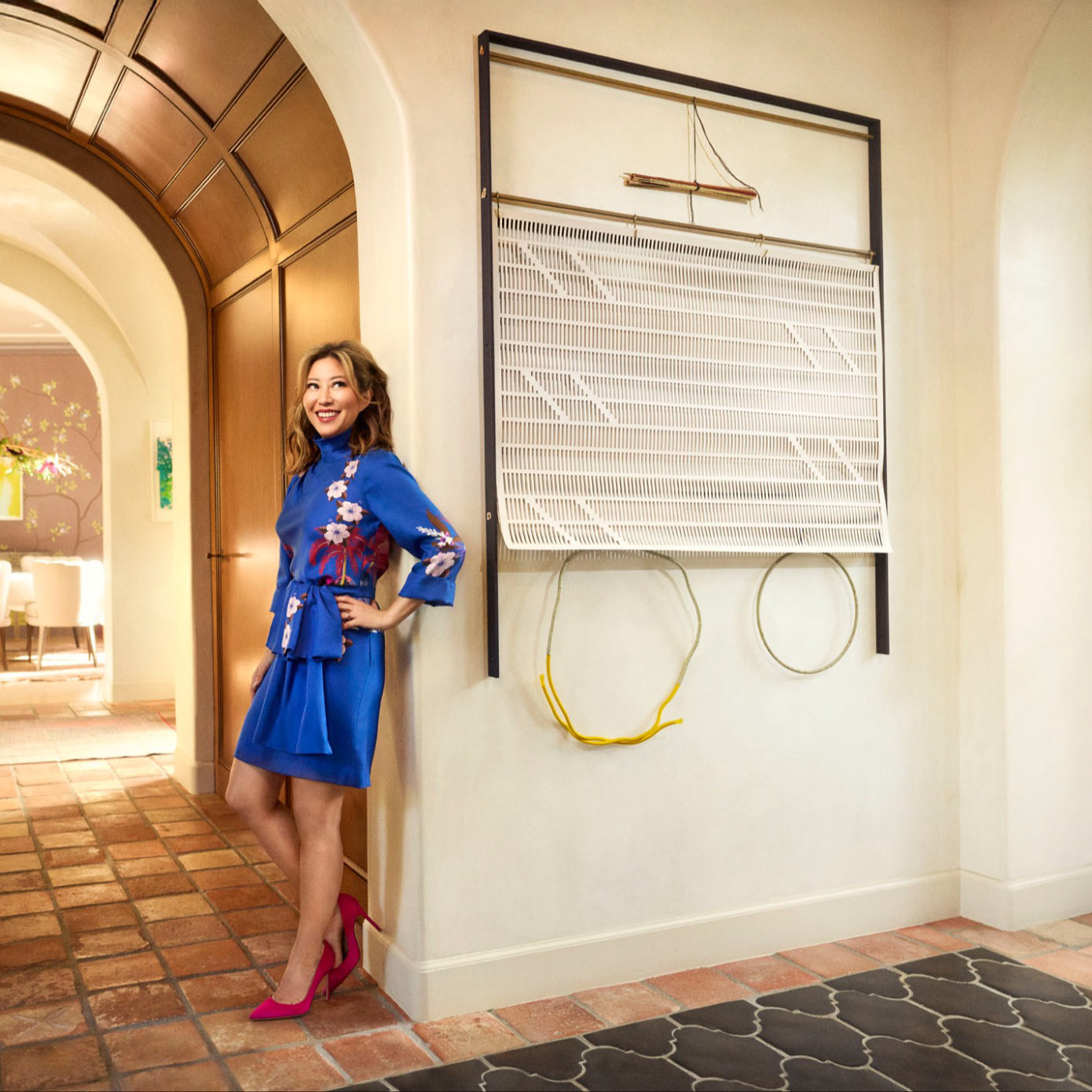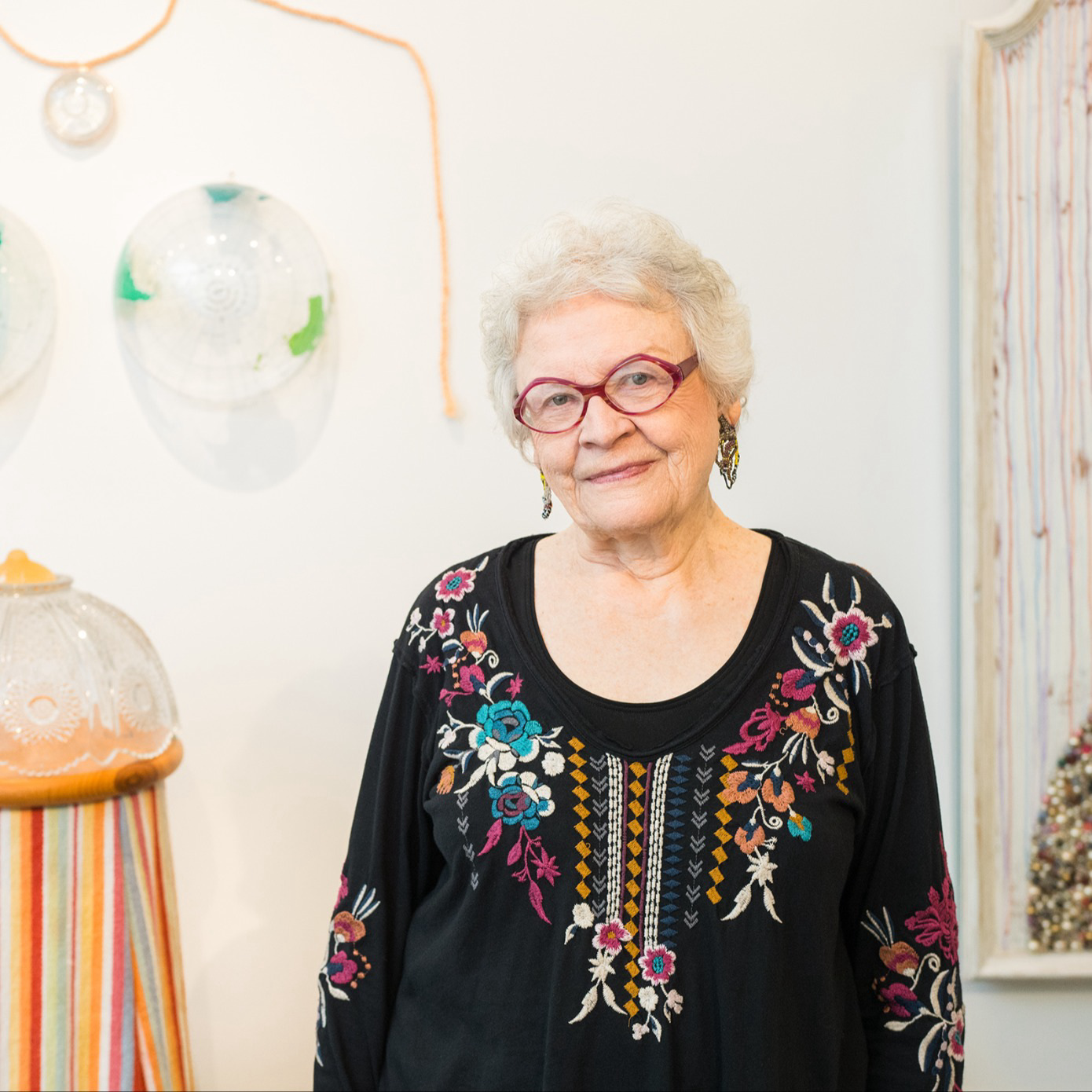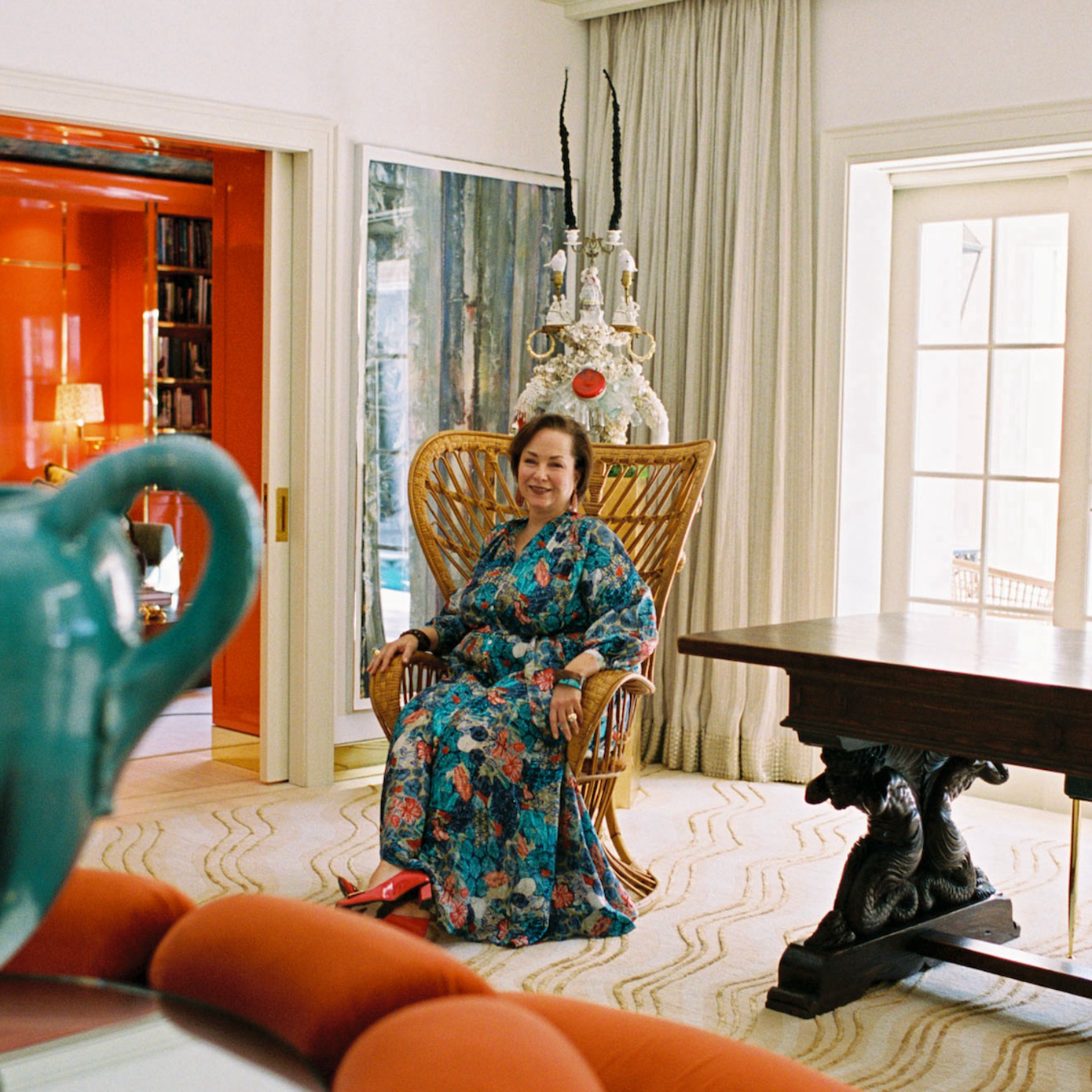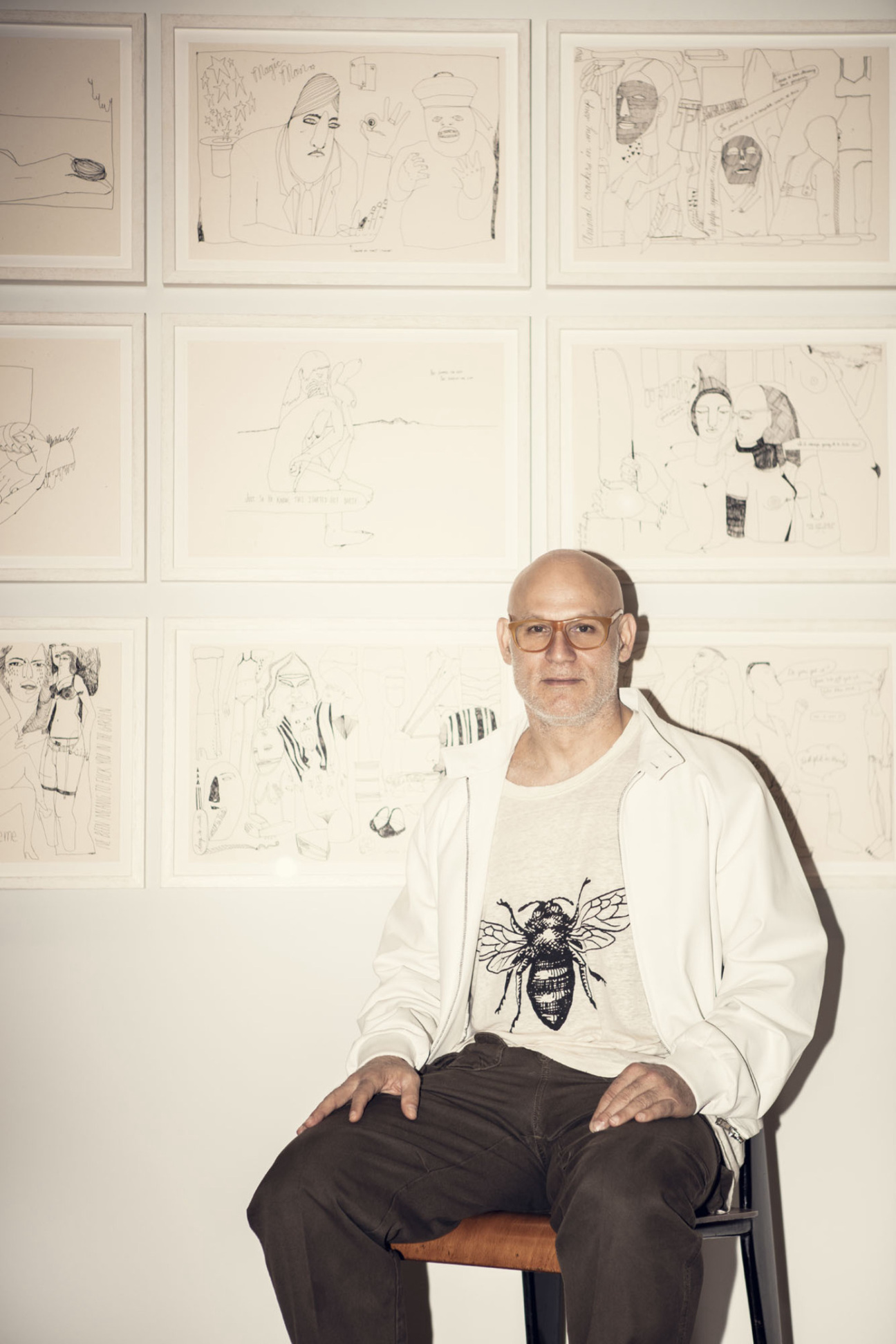
Before Miami was the art world powerhouse it is today, entrepreneur and real estate developer Craig Robins saw expansion on the horizon. After focusing on the rejuvenation of South Beach early in his career, the Dacra Development founder shifted his attention to Miami’s burgeoning Design District, helping to foster its now flourishing creative scene.
The collector’s own love of the arts began while studying abroad in Spain among works from Picasso and Dalí. Outside of his prolific collecting, Robins has founded the arts education nonprofit the Anaphiel Foundation and serves on boards of the Peréz Art Museum Miami and the Beyeler Museum. This year, his work is being recognized by the Bakehouse Art Complex—the oldest artist-focused nonprofit in Miami, providing residencies, studios, and workshops—at the organization’s annual fundraiser.
“With the support of people like Craig Robins and his wife Jackie Soffer, Bakehouse has been able to provide workspace security to 100 artists, and, in the future will address affordable housing,” says Bakehouse Director Cathy Leff. “For more than 40 years, Craig has supported artists of all disciplines and at all stages of their careers, as a patron, collector, mentor, and friend. He has involved artists and creativity to shape and develop some of our region's most iconic neighborhoods. He clearly deserves to be celebrated.”
Ahead of the gala and Art Basel Miami Beach next month, Robins spoke with CULTURED about how he’s shaped—and been shaped by—Miami’s art scene, and the singular relationships those efforts have inspired.
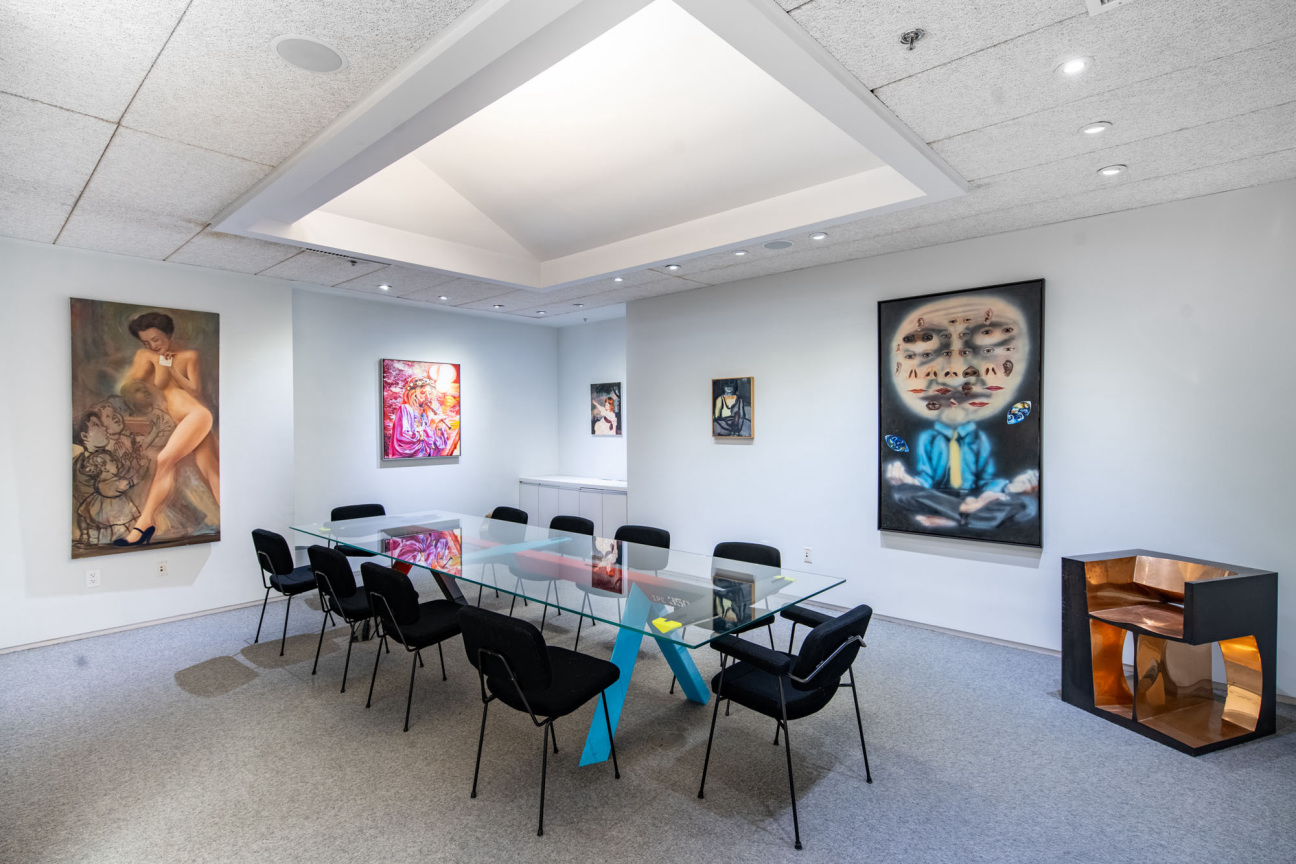
How have you seen the Miami art scene change or grow over time?
Art and design have been thoughtfully woven into the fabric of this city. The rise of Art Basel Miami Beach and Design Miami catapulted Miami onto the global art stage. It’s become a city where creativity isn’t just welcomed—it’s celebrated and nurtured. Year-round, places like the ICA and PAMM offer fantastic programming that bolsters Miami’s reputation as a destination for art and culture. Every December, the fairs bring an extraordinary influx of exhibitions, talent, and events, drawing an international crowd. These moments are temporary, but they have a lasting impact.
Where does the story of your personal collection begin?
My journey with art truly took shape when I studied in Spain. Being surrounded by the works of Goya, Picasso, Miró, and Dalí opened my eyes to art’s power to provoke and inspire. Those formative experiences taught me to see art in new ways and helped me develop an eye for pieces that move me. They also informed my approach to real estate development, where I’ve endeavored to integrate art, design, and cultural experiences into the communities I build.
My first acquisition was a sketch by Dalí, purchased when I was 19 and living in Barcelona. Dalí was still alive then, and the work had a striking presence.
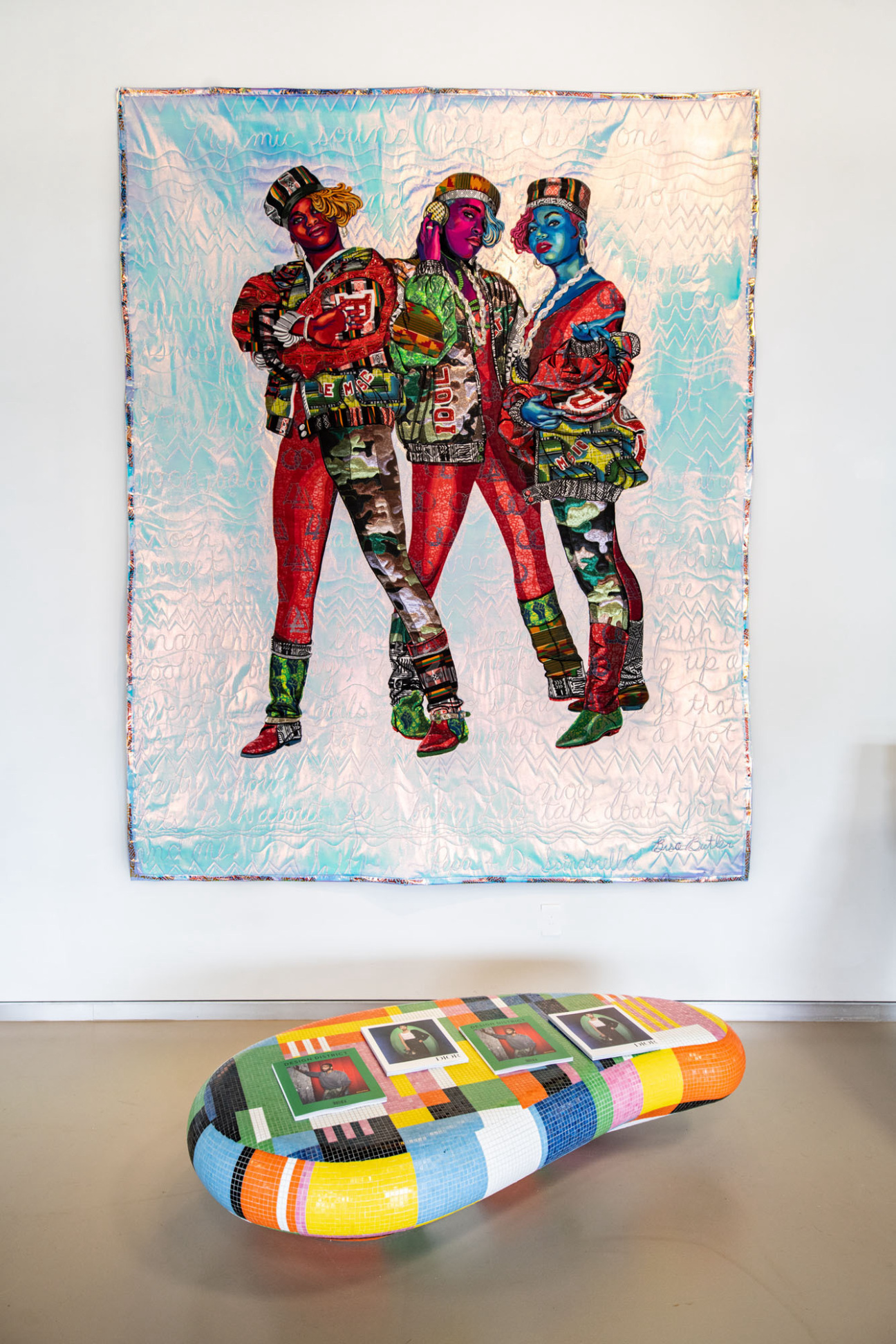
Which work in your home provokes the most conversation from visitors?
The work that sparks the most conversation in my home is Nicole Eisenman’s Fishing. It’s a striking and somewhat humorous scene depicting women hunters who have captured pilots from a helicopter crash, and are seen here dunking one of them into an ice hole. The image is playful yet thought-provoking, challenging traditional gender roles and sparking a range of interpretations. Visitors are always intrigued by its meaning. Eisenman has a unique way of blending wit with social commentary, and this piece encapsulates that beautifully.
Which artist are you currently most excited about and why?
I’m especially excited about Kai Althoff. He’s at a remarkable point in his career. Althoff has received critical acclaim through exhibitions at MoMA, Whitechapel, and beyond, yet his work remains provocative and deeply challenging. I’m proud to have been an early supporter. On the other hand, Jana Euler represents a new generation of extraordinary talent. She’s a recent addition to my collection, and I’m excited to continue following her career.
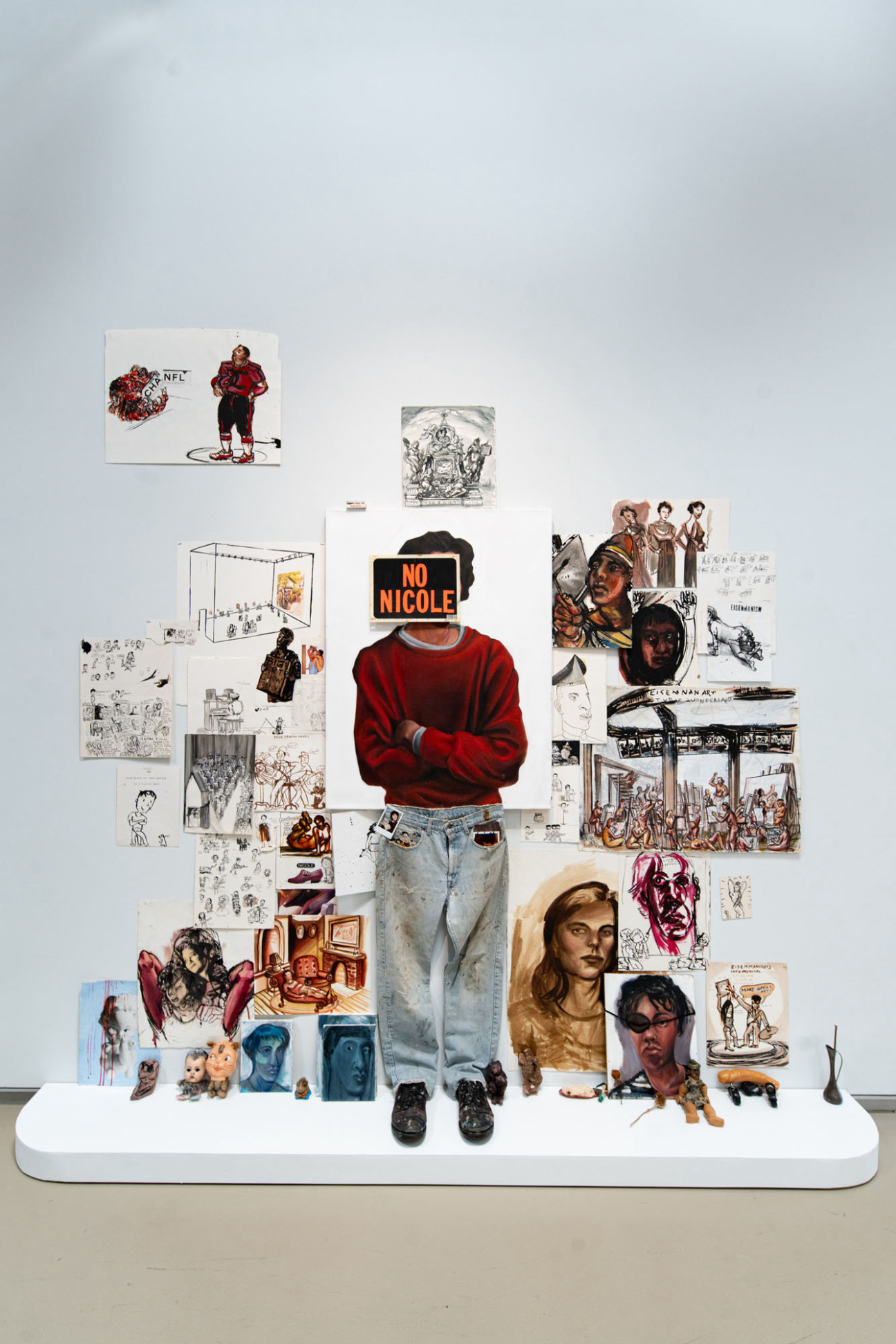
What are the three must-see shows this month?
“José Parlá: Homecoming” at PAMM is an unmissable exhibition marking the artist’s return to painting and Miami. It’s a two-part show that offers a unique experience where visitors can watch Parlá’s dynamic, dance-like technique in real time as he creates a site-specific mural. The second part of the show transforms the gallery into Parlá’s studio. Next, “Keiichi Tanaami: Memory Collage” at the ICA is a must-see for fans of Pop art and Surrealism. Lastly, in the Miami Design District, we’ll have Jeffrey Deitch presenting “Austin Lee: Psychomachia” during Art Week. Lee’s vibrant, playful works tackle profound themes of human emotion and digital culture.
Do you have a favorite story about collecting art that you could share?
One of the most significant pieces in my collection is Marcel Duchamp’s 3 Standard Stoppages, an editioned work from the 1960s based on his 1913 original. When I acquired it, I received an unexpected letter from Jackie Matisse, Duchamp’s stepdaughter and daughter of the gallerist Pierre Matisse. She shared that 3 Standard Stoppages was Duchamp’s favorite work, and that the edition I now own was the last one remaining in a private collection. Learning that this piece held such personal importance for Duchamp, and knowing its rarity, made the acquisition incredibly special. It’s moments like these that make collecting so deeply rewarding.
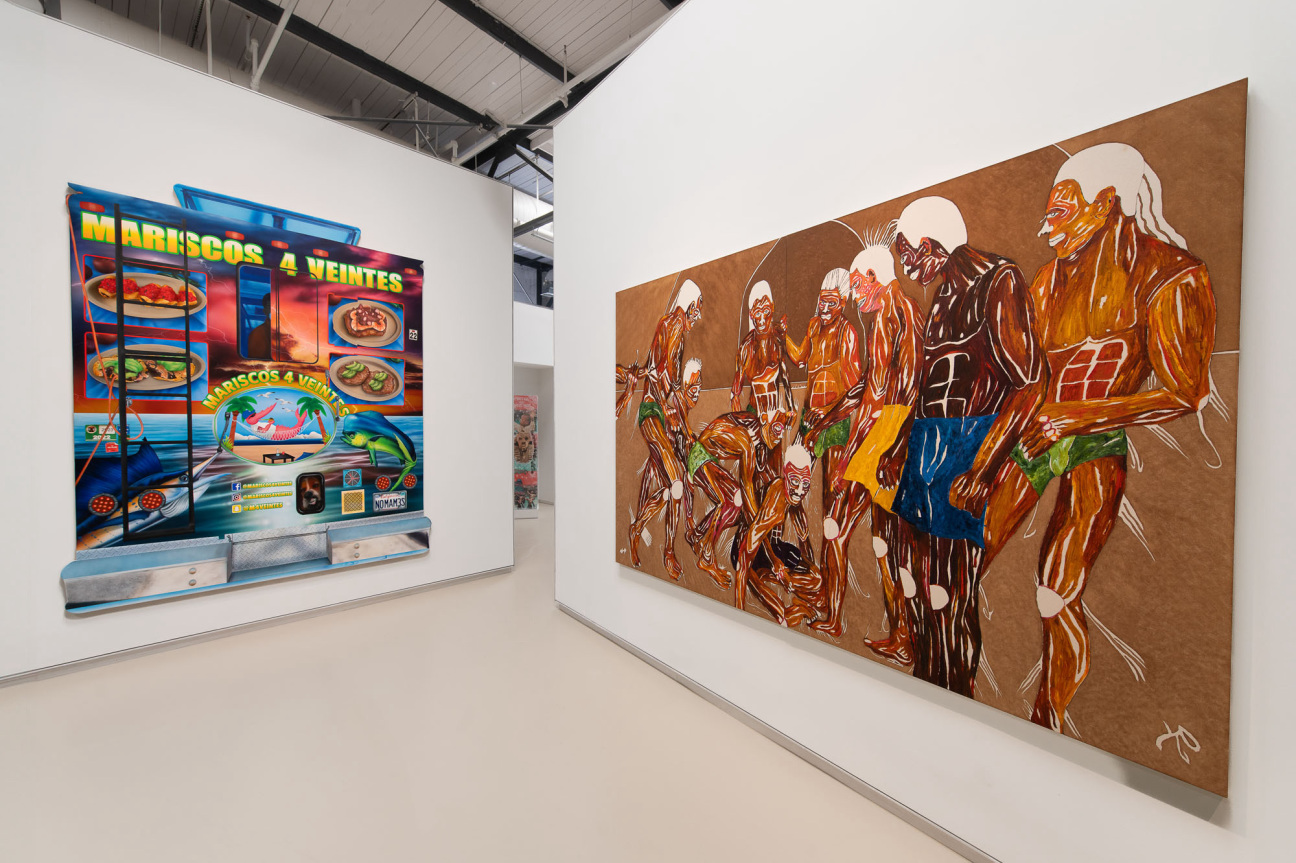
What piece of advice would you give someone who wants to get into collecting?
I’d start by sharing some wisdom I gained from Jack Tilton, the late dealer who had a profound influence on my approach to collecting. He taught me to temper my instincts and to truly understand a piece before making a commitment. His guidance helped me slow down, process the work, and consider how it would resonate over time. For new collectors, I’d say: Follow your intuition, but don’t rush. Seek out artists whose work speaks to you, pieces you genuinely want to live with and see every day. The goal is to build a collection that reflects your own tastes and values. Collecting isn’t just about acquiring art; it’s about supporting artists whose work you believe in, those who are making important contributions to the conversation. Focus on what moves you, and let your collection evolve naturally from there.

